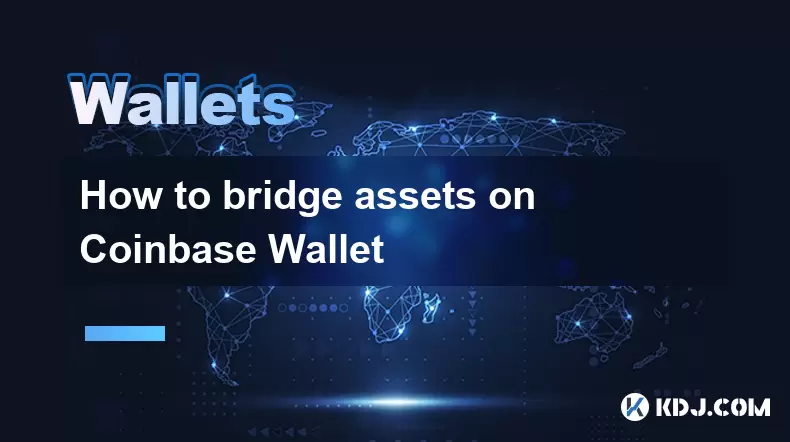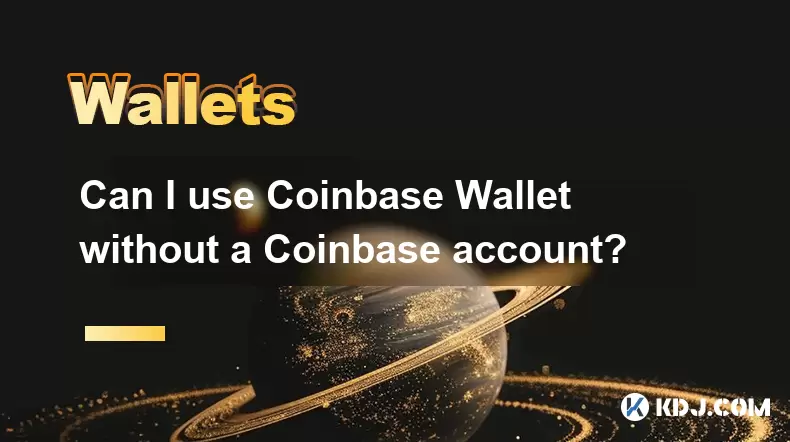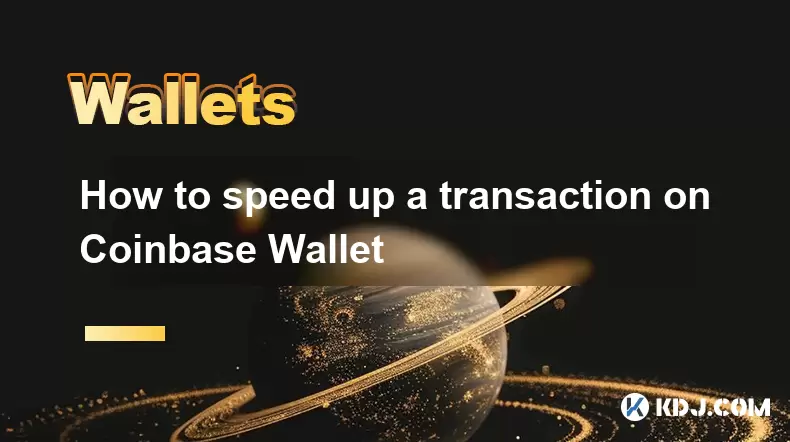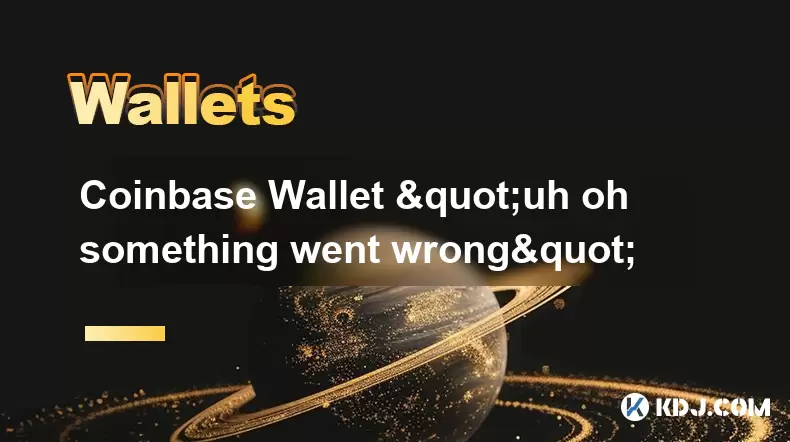-
 Bitcoin
Bitcoin $118000
0.67% -
 Ethereum
Ethereum $3750
0.71% -
 XRP
XRP $3.183
1.61% -
 Tether USDt
Tether USDt $1.000
-0.01% -
 BNB
BNB $788.1
1.21% -
 Solana
Solana $186.0
0.85% -
 USDC
USDC $0.9999
-0.02% -
 Dogecoin
Dogecoin $0.2373
1.25% -
 TRON
TRON $0.3204
1.76% -
 Cardano
Cardano $0.8266
1.85% -
 Hyperliquid
Hyperliquid $44.04
1.28% -
 Sui
Sui $4.192
5.88% -
 Stellar
Stellar $0.4399
2.63% -
 Chainlink
Chainlink $18.40
1.19% -
 Hedera
Hedera $0.2842
9.06% -
 Bitcoin Cash
Bitcoin Cash $560.5
2.46% -
 Avalanche
Avalanche $24.99
4.58% -
 Litecoin
Litecoin $114.5
1.25% -
 UNUS SED LEO
UNUS SED LEO $8.980
-0.03% -
 Shiba Inu
Shiba Inu $0.00001406
0.53% -
 Toncoin
Toncoin $3.306
4.27% -
 Ethena USDe
Ethena USDe $1.001
0.03% -
 Polkadot
Polkadot $4.169
2.37% -
 Uniswap
Uniswap $10.56
1.95% -
 Monero
Monero $322.8
1.06% -
 Dai
Dai $0.0000
0.00% -
 Bitget Token
Bitget Token $4.545
0.12% -
 Pepe
Pepe $0.00001261
1.29% -
 Aave
Aave $296.5
1.27% -
 Cronos
Cronos $0.1379
5.90%
What to do if USDT TRC20 wallet is frozen? Solution summary
If your USDT TRC20 wallet is frozen, check transaction status via TronScan, verify balance, contact wallet support, or transfer funds to another wallet to resolve the issue.
Jun 15, 2025 at 01:14 am

Understanding USDT TRC20 Wallet Freezing
If your USDT TRC20 wallet is frozen, it typically means that you are unable to send or receive funds due to an issue with the wallet provider, blockchain network, or transaction history. This situation can occur when a wallet address is flagged for suspicious activity, such as receiving funds from high-risk addresses or being linked to scams.
TRC20 wallets operate on the TRON blockchain and are commonly used for fast and low-cost Tether transfers. When such a wallet gets frozen, users may panic due to the potential loss of access to their digital assets. Understanding the reasons behind the freeze is crucial in determining the next steps to resolve the issue.
Common Causes of USDT TRC20 Wallet Freezes
Several factors can lead to a frozen USDT TRC20 wallet, including:
- Suspicious transaction history: If your wallet has received funds from blacklisted or illicit sources, the wallet service might automatically restrict access.
- Wallet provider restrictions: Some centralized platforms freeze accounts based on compliance policies or regulatory requirements.
- Smart contract issues: Bugs or errors in the smart contract interaction may cause transaction failures or freezing behavior.
- Network congestion or maintenance: Temporary freezes can occur during blockchain upgrades or heavy traffic on the TRON network.
Identifying the root cause will help determine whether the freeze is temporary or requires user intervention.
Steps to Resolve a Frozen USDT TRC20 Wallet
If you suspect your USDT TRC20 wallet is frozen, follow these steps carefully:
- Check transaction status via block explorer: Use a TRON blockchain explorer like tronscan.org to verify if recent transactions were confirmed or failed.
- Verify wallet balance and token visibility: Sometimes tokens may not display correctly even if they are successfully transferred.
- Review wallet provider notifications: If using a custodial wallet (e.g., Binance, KuCoin), check your email or account dashboard for alerts regarding your wallet status.
- Contact customer support: Provide your wallet address and transaction hashes to initiate a formal inquiry.
- Attempt transferring to another wallet: If possible, move funds to a non-custodial wallet like Trust Wallet or TokenPocket to bypass potential platform-specific freezes.
Each step should be executed methodically to avoid further complications.
Recovering Funds from a Frozen Wallet
When faced with a frozen USDT TRC20 wallet, recovering funds often depends on the type of wallet you're using:
- Custodial wallets: These are managed by third-party services. Contacting customer support with detailed information (such as transaction IDs and timestamps) is essential.
- Non-custodial wallets: If you control the private keys, you may import your wallet into another compatible wallet application to regain access.
- Frozen due to blacklisted address: In some cases, exchanges or wallet providers may permanently restrict access if your wallet is associated with malicious activity.
If your wallet uses a hardware device like Ledger or Trezor, ensure that the firmware and software are up to date to prevent compatibility issues that mimic freezing symptoms.
Preventing Future Wallet Freezes
To minimize the risk of encountering a frozen USDT TRC20 wallet in the future:
- Use trusted wallet services: Stick to well-known and audited wallet providers to reduce the chance of unexpected freezes.
- Avoid accepting funds from unknown sources: Be cautious of transactions originating from suspicious or unverified addresses.
- Regularly back up wallet data: Maintain secure copies of your seed phrases and private keys in offline storage.
- Monitor transaction history frequently: Keep track of all incoming and outgoing transfers through tools like TronScan.
- Consider using multiple wallets: Distribute holdings across several wallets to mitigate the impact of a single point of failure.
These preventive measures can significantly reduce the likelihood of wallet-related disruptions.
Frequently Asked Questions
Can I unfreeze my USDT TRC20 wallet myself?
If the freeze results from a technical glitch or network issue, you may resolve it by switching networks or re-importing your wallet into a different interface. However, if the freeze is imposed by a wallet provider or exchange, self-resolution is unlikely without their approval.
Will my funds be lost if my USDT TRC20 wallet is frozen?
In most cases, your funds remain intact even if your wallet is frozen. The freeze usually affects transaction capabilities rather than ownership. As long as you retain access to your private keys, your funds should still be recoverable once the issue is resolved.
How long does a USDT TRC20 wallet freeze last?
The duration varies depending on the cause. Temporary freezes due to network maintenance or minor transaction issues may resolve within minutes to hours. However, freezes related to compliance checks or fraud investigations could take days or even weeks to clear.
Is there a way to check if my wallet address is blacklisted?
You can use blockchain explorers and third-party tools to analyze your wallet's transaction history. Some platforms offer blacklist checking services, though no public database exists for all blacklisted addresses. Always verify with your wallet provider for official confirmation.
Disclaimer:info@kdj.com
The information provided is not trading advice. kdj.com does not assume any responsibility for any investments made based on the information provided in this article. Cryptocurrencies are highly volatile and it is highly recommended that you invest with caution after thorough research!
If you believe that the content used on this website infringes your copyright, please contact us immediately (info@kdj.com) and we will delete it promptly.
- Quantum Leap: How Bitcoin, Quantum Solutions, and $350M Are Shaking Up Corporate Finance
- 2025-07-27 14:30:12
- Arctic Pablo Coin: Your Icy Treasure Hunt for Mega Returns and Investment?
- 2025-07-27 15:10:12
- Meme Coins in 2025: Investment Strategies & Crypto Trends
- 2025-07-27 14:30:12
- Binance, BAYC/MAYC, and Staking: What's the Dealio?
- 2025-07-27 14:50:12
- Libra Token's Crypto Dynamics: An Exposé That Reshapes Perceptions
- 2025-07-27 14:50:12
- Doge, AI Tools, and Regulations: A Wild Ride in Crypto and Governance
- 2025-07-27 14:55:12
Related knowledge

How to bridge assets on Coinbase Wallet
Jul 27,2025 at 01:14am
What Is Asset Bridging in the Context of Coinbase Wallet?Bridging assets refers to the process of transferring tokens from one blockchain network to a...

Can I use Coinbase Wallet without a Coinbase account?
Jul 18,2025 at 04:35am
What is Coinbase Wallet?Coinbase Wallet is a self-custodial wallet that allows users to store, send, and receive various cryptocurrencies directly on ...

How to speed up a transaction on Coinbase Wallet
Jul 27,2025 at 07:14am
Understanding Transaction Speed on Coinbase WalletWhen using Coinbase Wallet, users may occasionally encounter delays in transaction confirmations. Th...

Coinbase Wallet "uh oh something went wrong"
Jul 20,2025 at 10:00am
Understanding the Coinbase Wallet Error: 'Uh Oh, Something Went Wrong'If you're a Coinbase Wallet user, encountering the error message 'Uh Oh, Somethi...

How to add Optimism network to Coinbase Wallet
Jul 20,2025 at 05:21am
What is the Optimism Network?The Optimism network is a Layer 2 scaling solution built on top of the Ethereum blockchain. It aims to enhance transactio...

How to add Arbitrum to Coinbase Wallet
Jul 18,2025 at 03:00pm
Understanding Arbitrum and Its Integration with Coinbase WalletArbitrum is a layer-2 scaling solution developed by Offchain Labs to enhance the speed ...

How to bridge assets on Coinbase Wallet
Jul 27,2025 at 01:14am
What Is Asset Bridging in the Context of Coinbase Wallet?Bridging assets refers to the process of transferring tokens from one blockchain network to a...

Can I use Coinbase Wallet without a Coinbase account?
Jul 18,2025 at 04:35am
What is Coinbase Wallet?Coinbase Wallet is a self-custodial wallet that allows users to store, send, and receive various cryptocurrencies directly on ...

How to speed up a transaction on Coinbase Wallet
Jul 27,2025 at 07:14am
Understanding Transaction Speed on Coinbase WalletWhen using Coinbase Wallet, users may occasionally encounter delays in transaction confirmations. Th...

Coinbase Wallet "uh oh something went wrong"
Jul 20,2025 at 10:00am
Understanding the Coinbase Wallet Error: 'Uh Oh, Something Went Wrong'If you're a Coinbase Wallet user, encountering the error message 'Uh Oh, Somethi...

How to add Optimism network to Coinbase Wallet
Jul 20,2025 at 05:21am
What is the Optimism Network?The Optimism network is a Layer 2 scaling solution built on top of the Ethereum blockchain. It aims to enhance transactio...

How to add Arbitrum to Coinbase Wallet
Jul 18,2025 at 03:00pm
Understanding Arbitrum and Its Integration with Coinbase WalletArbitrum is a layer-2 scaling solution developed by Offchain Labs to enhance the speed ...
See all articles

























































































